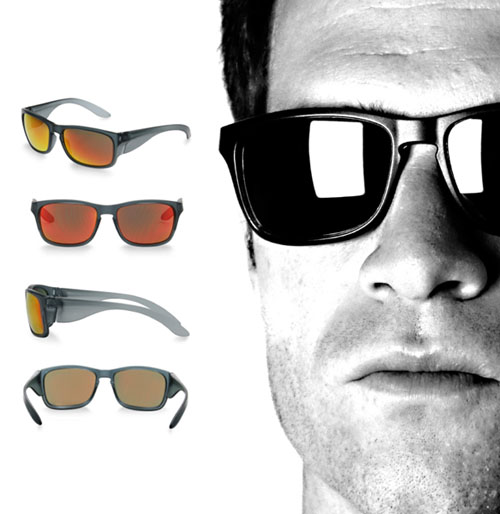Ideal for heavy/light construction, auto repair, demolition, manufacturing, mining, fabrication, landscaping.
- Reinforced Goatskin leather palm and back provides the softest, most abrasion-resistant leather and is highly recommended for applications requiring tactile sensitivity
- Nylon spandex fabric for comfort and breathability
- Kevlar® blended lining offers comfort, enhanced cut protection and good heat dispersion
- Internal foam padded palm absorbs and dampens shock
- Split Goatskin leather fingertips for added protection
- Thermo Plastic Rubber (TPR) molded finger guards for maximum protection
- PVC sandy grip on extended thumbcrotch and thumb provides an enhanced grip and extra cut/abrasion resistance
- Micro cotton thumb for comfort
- Reflective knuckle tape makes this product easy to see in low-light applications
- Slip-on cuff with hook & loop button closure for easy on/off and a secure fit

 General Purpose Gloves - CoatedMaxiFlex® Ultimate™34-874
General Purpose Gloves - CoatedMaxiFlex® Ultimate™34-874
 Cut Resistant GlovesMaxiFlex® Cut™34-8743
Cut Resistant GlovesMaxiFlex® Cut™34-8743
 Extended Use Disposable GlovesGrippaz™ Skins67-246
Extended Use Disposable GlovesGrippaz™ Skins67-246
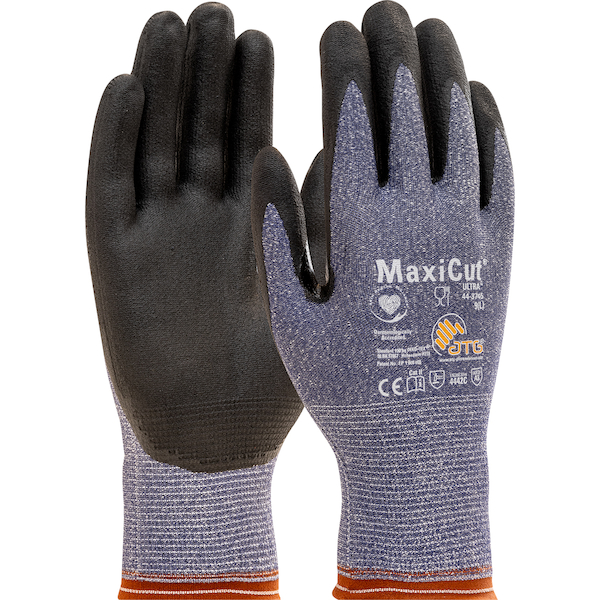 Cut Resistant GlovesMaxiCut® Ultra™44-3745
Cut Resistant GlovesMaxiCut® Ultra™44-3745
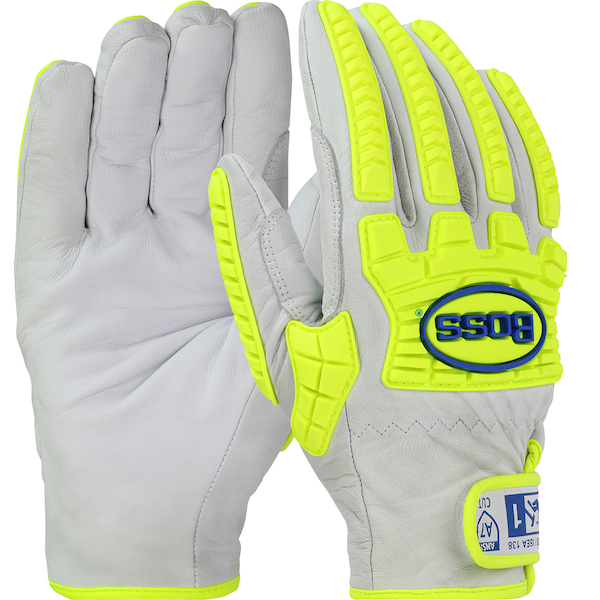 Hi Performance GloveBoss®9916
Hi Performance GloveBoss®9916
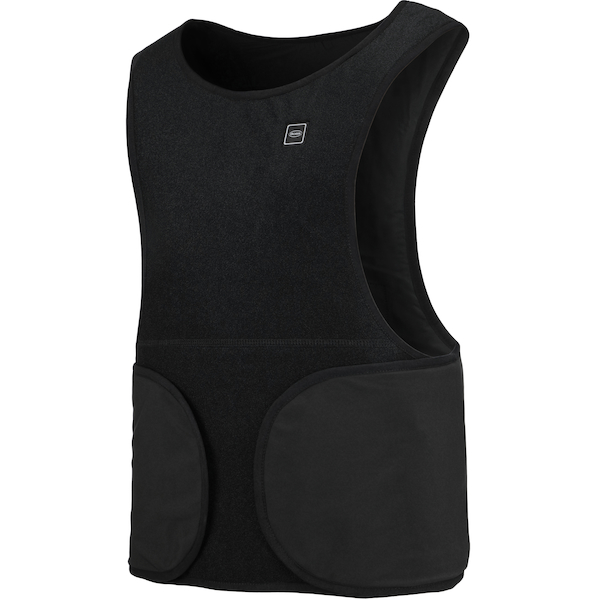 Heated ApparelBoss®300-HV100
Heated ApparelBoss®300-HV100
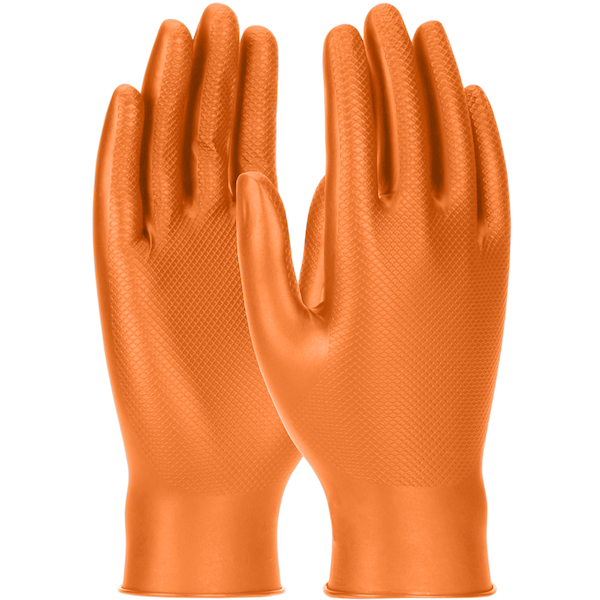 Extended Use Disposable GlovesGrippaz™ Skins67-256
Extended Use Disposable GlovesGrippaz™ Skins67-256
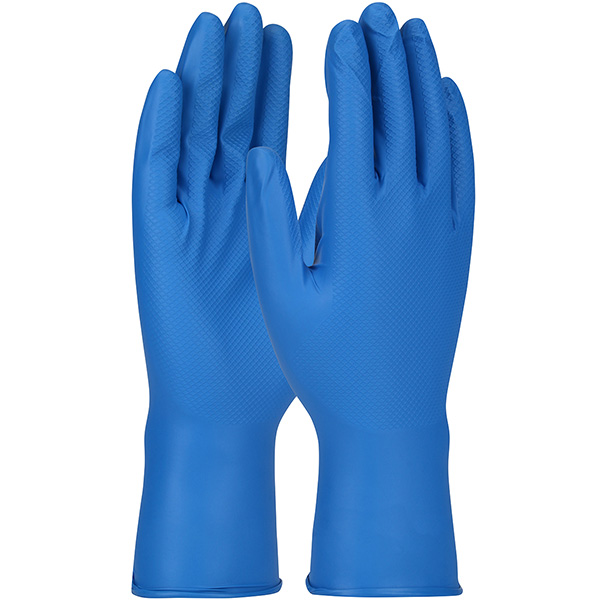 Extended Use Disposable GlovesGrippaz™ Food Plus67-308
Extended Use Disposable GlovesGrippaz™ Food Plus67-308
 Hi Performance GloveG-Tek® PolyKor®16-AR413
Hi Performance GloveG-Tek® PolyKor®16-AR413
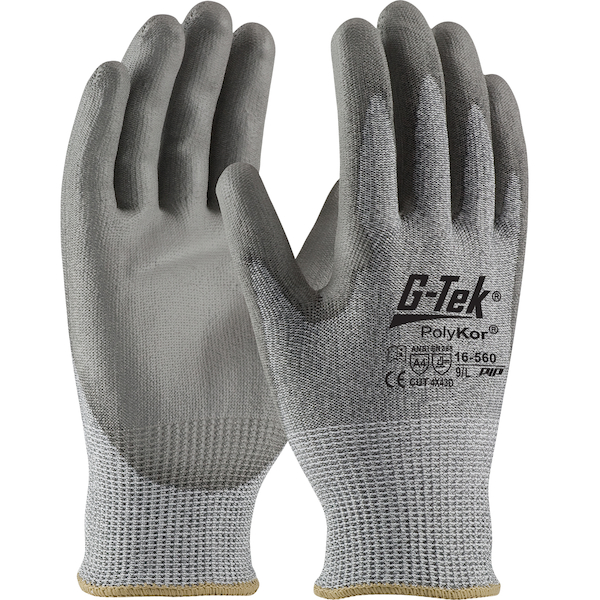 Cut Resistant GlovesG-Tek® PolyKor®16-560
Cut Resistant GlovesG-Tek® PolyKor®16-560
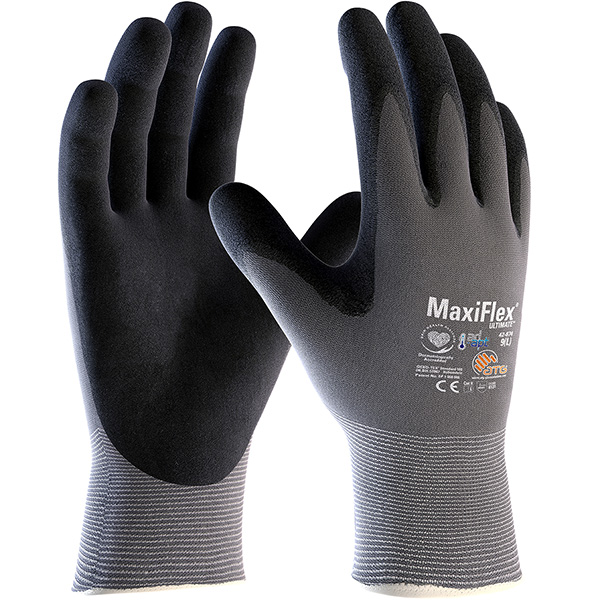 General Purpose Gloves - CoatedMaxiFlex® Ultimate™ AD-APT™42-874
General Purpose Gloves - CoatedMaxiFlex® Ultimate™ AD-APT™42-874
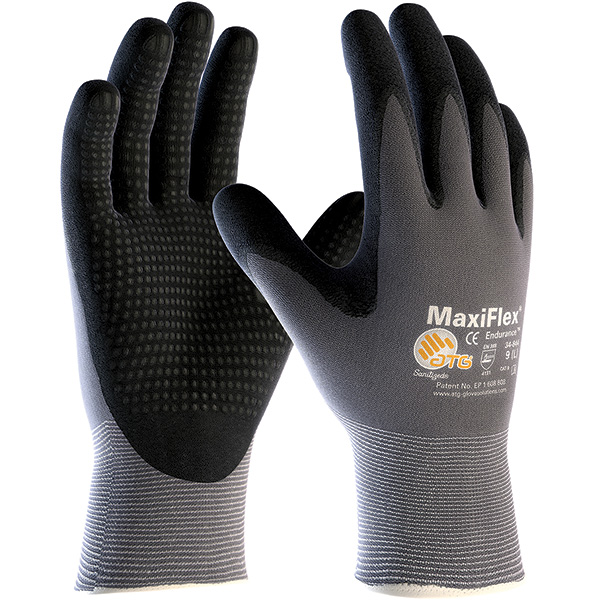 General Purpose Gloves - CoatedMaxiFlex® Endurance™34-844
General Purpose Gloves - CoatedMaxiFlex® Endurance™34-844


















